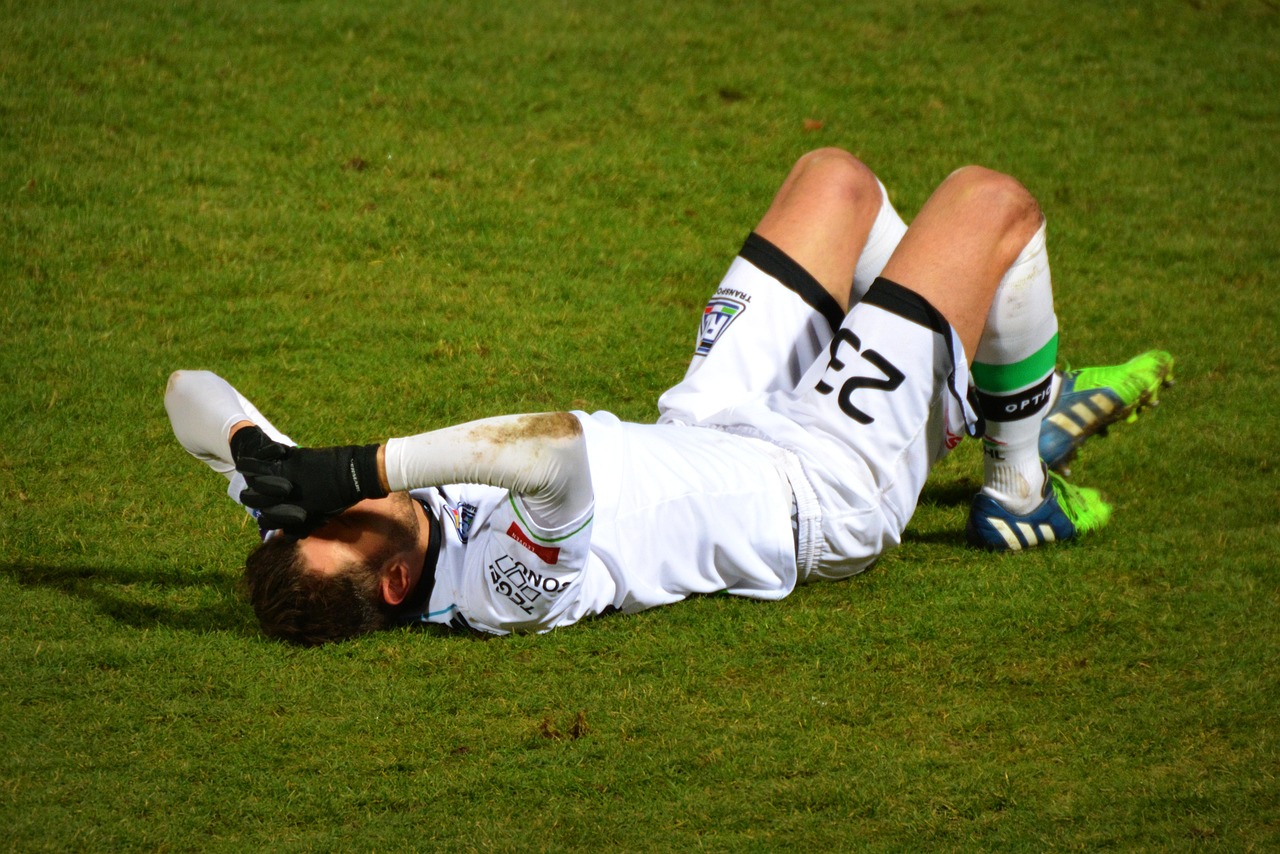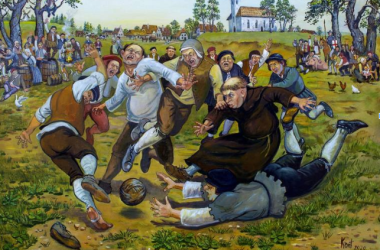Developing an effective recovery strategy is crucial to returning to sport after injury. Unfortunately, injuries are an inevitable part of participating in any sporting activity, and many former athletes move on to https://melbet-sn.com and betting, but trying to avoid injury can be challenging.
In addition to resting the injured area, other treatments that can aid recovery include cooling the area, compression (such as using a wrap or pillow), and elevation above heart level. For more details, read on.
1. Physical Therapy
Sports medicine is an interdisciplinary field involving multiple healthcare professionals. Physicians, physical therapists, and registered clinical exercise physiologists all play a part in treating sports-related injuries.
Physical therapy assists sports injury patients by restoring movement and strength to injured areas. Furthermore, they can teach clients proper techniques for strengthening and increasing flexibility; using ice packs or heat compresses may speed healing; while exercises such as jumping or running may increase endurance.
One of the most frequently occurring sports injuries are muscle sprains or strains. These injuries may result from sudden movements, overexertion, inadequate warm-up or inadequate conditioning programs. A sports medicine specialist understands how different sports may increase an athlete’s risk for injuries; providing appropriate conditioning programs, stretching exercises and warm-up routines.
Evidence continues to accumulate showing the benefits of regular moderate intensity aerobic exercise for reducing coronary heart disease and diabetes risk. Unfortunately, many chronic diseases are related to lack of physical activity; thus making the role of sports medicine practitioners even more essential in combatting such ailments.
2. Massage Therapy
Massage involves manipulating soft tissues of the body to release tension and has long been practiced throughout history in both Eastern and Western cultures. Now widely accepted as both conventional and alternative medicine therapy treatments, massage remains one of the most sought-after healing modalities and can even be included as part of some health insurance plans.
Massage therapy increases blood flow to injured tissues, providing oxygen and nutrients needed for faster healing of damaged areas, relieving stiffness and pain more rapidly. Additionally, it may help with stiffness relief.
One of the most prevalent injuries to muscles and tendons is strains, which occurs when they become overstretched or partially or completely torn, often leaving patients in severe pain with restricted movement and restricted range of motion. When left untreated, strains can become chronic causing long-term discomfort as well as restriction to motion.
Massage sessions can aid recovery from sprains by decreasing scar tissue formation that limits mobility and increases pain, and buildups of lactic acid and carbonic acid that interfere with normal movement and increase inflammation. Massage also decreases peak plasma CK activity during eccentric exercise sessions and may even protect against loss of muscle strength and range-of-motion (ROM).
3. Cold Therapy
Cold therapy can be one of the most effective strategies for relieving inflammation and encouraging healing in your body. The first 72 hours following an injury are critical in speeding recovery; according to Airaksinen and associates’ randomized controlled study, applying topical cold gel four times daily over 14 days increased recovery from minor soft tissue injuries significantly faster.
Cold therapy, such as icing an injured area, works to block pain signals traveling along nerve fibers and to decrease inflammation response. Furthermore, vasoconstriction occurs as blood vessels narrow, decreasing swelling.
People have used cold temperatures for therapeutic, health, and sporting recovery purposes for centuries. Though jumping into cold water during a freezing January day may seem crazy at first, many athletes now embrace cryotherapy as part of post-workout recovery (Chris Hemsworth of Thor fame even helped boost its popularity!). Cryotherapy therapy may be applied locally or applied globally via ice, cold water immersion, or air and has also been studied as a potential way of relieving muscle soreness post exercise as well as supporting chronic illnesses like rheumatoid arthritis and fibromyalgia.
4. Electrotherapy
Electrical stimulation of the body is an effective way to hasten recovery for injured muscles, nerves and tissues. Electrotherapy also offers great pain reduction results.
Transcutaneous electrical nerve stimulation (TENS) works by sending small electrical pulses through electrode pads attached to the skin in order to block pain signals sent from an injured area to the brain, providing an effective gateway approach to pain reduction by disrupting pathways before signals can reach processing centers in your brain.
Therapeutic ultrasound can also be an effective method of relieving pain and increasing circulation by employing an electric field to heat tissue. This increases protein mobility, improves blood flow, and boosts protein synthesis.
Finally, there are devices that combine electricity and vibration to break down scar tissue and facilitate healing. ARP Wave therapy is one such device; it is often used to treat chronic injuries like tennis elbow or plantar fasciitis by producing low-voltage bioelectric current that stimulates the nervous system and breaks down scar tissue faster.
5. Nutritional Support
Nutritional support refers to an alternative source of nutrients for patients unable to take food and fluids orally, such as enteral nutrition. Enteral nutrition involves feeding fluid directly into the stomach or small intestine via tubes known as enteral nutrition; parenteral nutrition involves direct administration directly into the bloodstream via peripheral vein or central line and is known as parenteral nutrition.
Goals of nutrition therapy for patients include improving nutritional status, increasing patient outcome and quality of life, preventing infections or wound breakdown and mitigating any possible complications that arise, such as infection or wound breakdown. With advancements in technology and formulations for enteral or parenteral feeding options becoming available more patients now receive sufficient nutrition through enteral or parenteral routes.
Sports scientists and coaches have many tools at their disposal when it comes to helping athletes recover from injuries, but platelet-rich plasma (PRP) stands out among them as one of the most promising new technologies. PRP reduces inflammation while speeding healing times. Professional athletes use it as an aid for peak performance as well as to overcome injuries like knee damage from repeated tackles from 300-pound linemen; PRP offers an effective and natural alternative to surgery, pain medication or rest.










![efcc offices in lagos [Location & Address]](https://naijacloud.com.ng/wp-content/uploads/2023/07/images-29-380x250.jpeg)